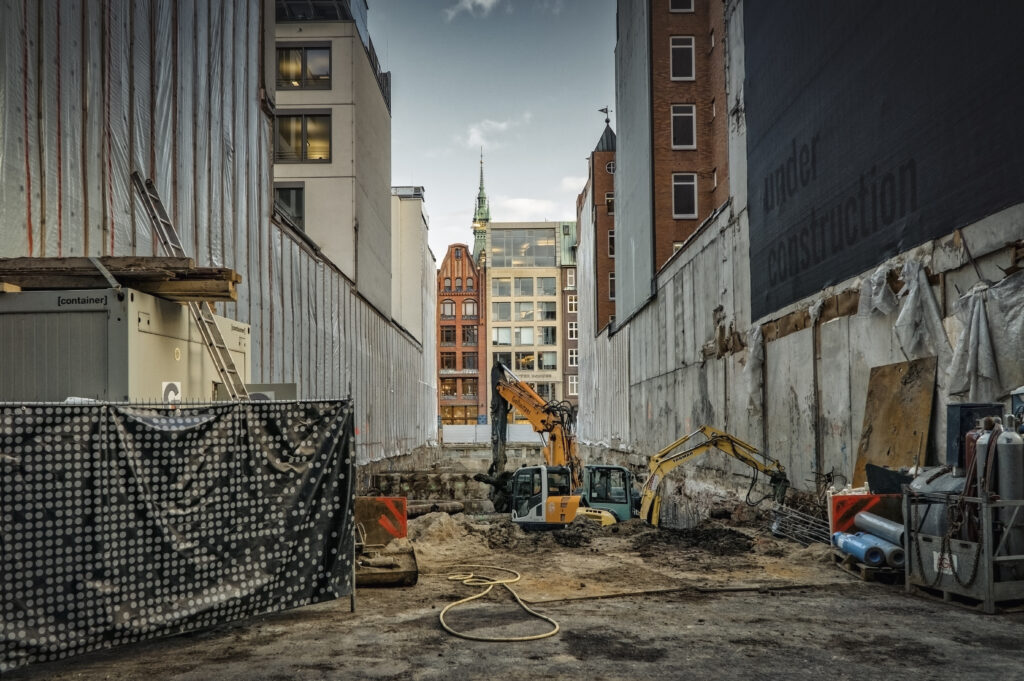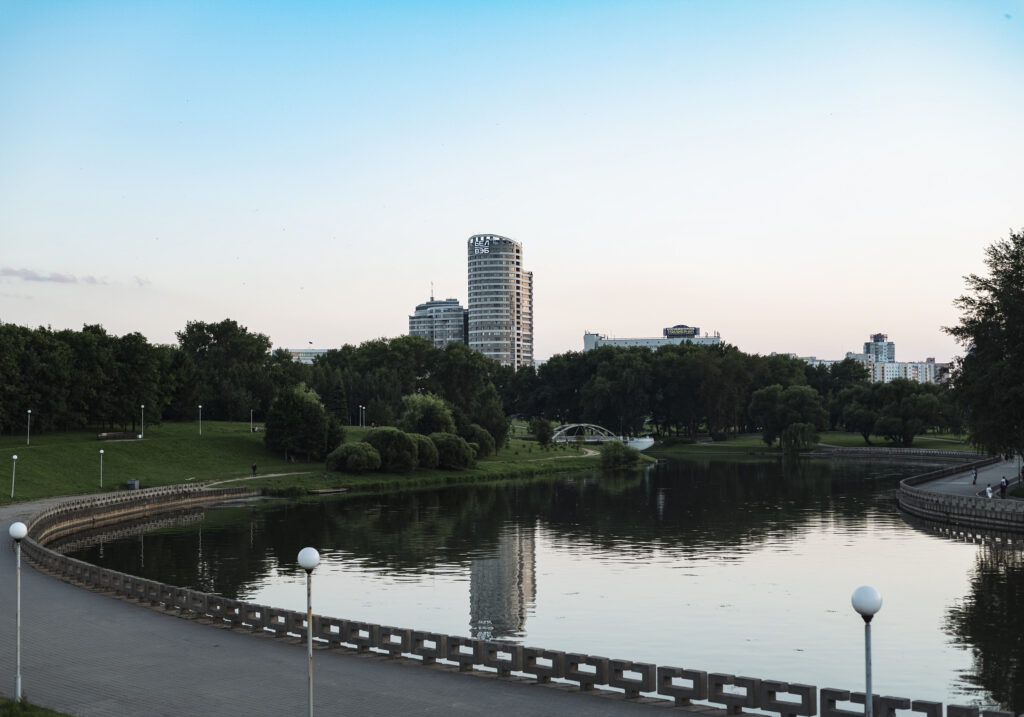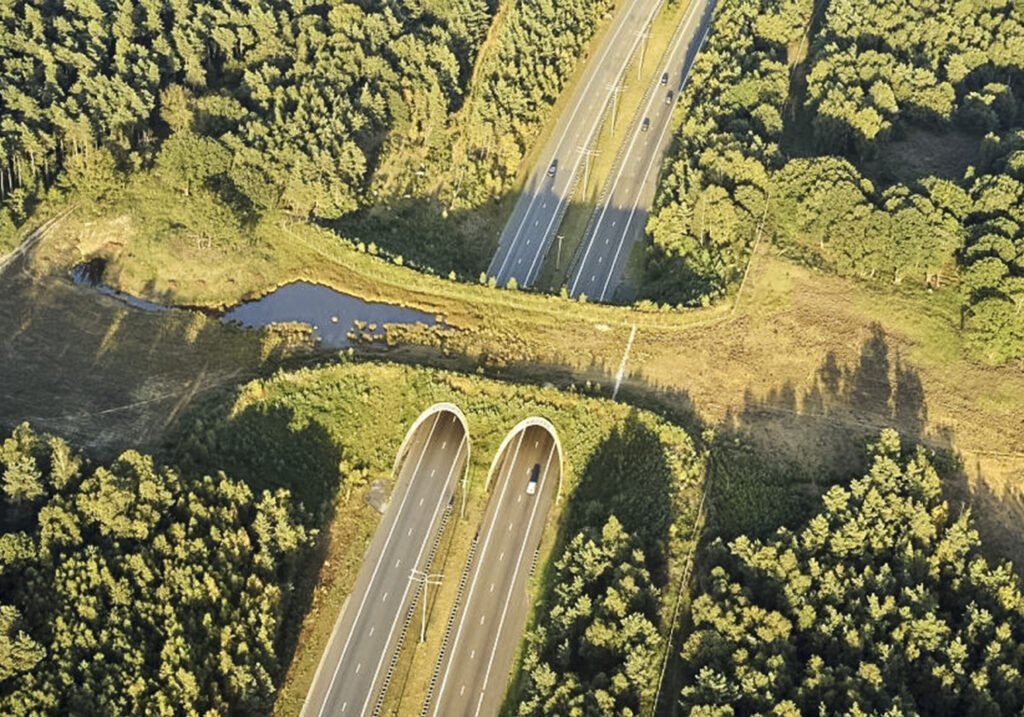The term biourbanism has entered the design lexicon for some years. But what does biourbanism mean? It undoubtedly derives from the urban planning discipline. But biourbanism is an idea that integrates different disciplines. It is an interdisciplinary concept based on landscape architecture, urban design and ecological sciences. Biourbanism can be understood as an urban planning and design program that assists the various actors with the aim of designing and creating healthier and more efficient cities.
Nature and culture
In other words, biourbanism conceives cities as a form of environment. A mix between “nature” and “culture”. A habitat that can respond positively to local and global environmental challenges by containing degradation and enhancing natural contexts. Developments in environmental science have underlined the critical issues of anthropic impact precisely due to human settlements, highlighting how the radical alteration of undesigned places is a major problem. The wild places altered by anthropic presences, risk collapsing. The same wild places and complex biological systems on which the health of the habitat largely depends, including the anthropic one.

Anthropocene
Some define this evolution of the territory in which the natural places of the planet are radically modified by human action as anthropocene . But, beyond the categories, it is clear that the systematic exploitation of the territory is not a sustainable model. Furthermore, poorly designed, congested and polluted cities are unlivable places. And since a large part of the human population lives in urban agglomerations, cities must be able to guarantee acceptable standards of living for communities.
What is biourbanism
Biourbanism is an integrated approach to planning. Focused on urban systems and related biological and anthropic factors, they define the state of the city. These factors concern the areas of energy, mobility, water, food and waste; and integrated systems relating to economy, technology, infrastructure and landscape. At the end of the process, they are exemplified through indices that express their potential. With this organic framework it is possible to arrive at realistic solutions to improve cities and communities.

An effective method
Therefore, if biourbanism is a method of analysis, its strong point is integration. Interdisciplinarity allows us to reach objectives more easily by converging choices. And it is a paradigmatic change of thought as it allows us to transform urban environments into healthier, more lively and climate-resistant places, to decarbonise buildings and to better support citizens’ needs.
Goals
Biourbanism shows us how holistic urban planning can be used as a powerful weapon in the fight against the climate emergency. It achieve these results exploring the interconnection of the different biological and urban systems that make up the city fabric; demonstrating and detailing the improvements that cities need to make to mitigate the impacts of climate change; acting directly on the biodiversity crisis; finally, exploring interdisciplinary relationships and the role of landscape architecture in achieving these objectives.
Something new, or rather ancient
Biourbanism focuses on the urban organism, considering it as a hypercomplex system. It analyzes its internal and external dynamics and its mutual implications. There is something in this that takes us back to the historic city and its stratifications. Besim Hakim, a member of the American Institute of Architects, an expert in this field, says: “Traditionally built environments are closer to the behavior of natural systems than contemporary and modern practice.”

All recent scientific discoveries relating to complexity theory confirm the practices and processes that produced traditional built environments as following principles similar to those discovered by science in their formation, change, growth and decline
In fact, the urban organism is composed of interconnected stratifications and dynamic structures that influence each other. Only an evolutionary analysis of the connected whole is able to interpret its complexity. Hakim explains: “All recent scientific discoveries relating to complexity theory confirm the practices and processes that produced traditional built environments as following principles similar to those discovered by science in their formation, change, growth and decline.”
The similarity of the approaches does not only lies in the common methodology, but also concerns the content and the results. A city represents, for all intents and purposes, an environment, a priority living environment for the human species. Biourbanism projects optimal environmental configurations defined at different intervention scales. Through linked processes, they can guarantee systemic efficiency, but also the quality of life of the inhabitants. A design that produces natural and friendly environments capable of adapting to the evolution of the individual, improves urban quality.
To learn more: What is Biourbanism?
You may be interested in: Costo della vita e sostenibilità





